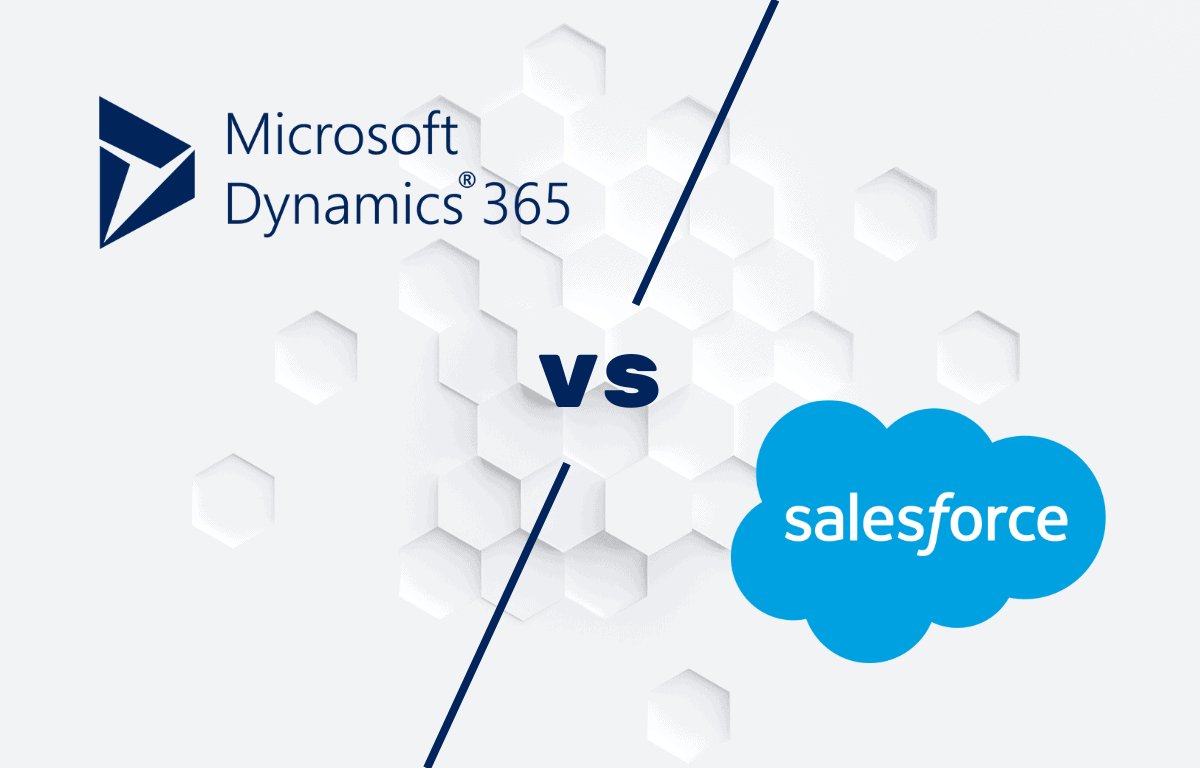Introduction:
In today’s rapidly evolving financial landscape, staying ahead of the curve is crucial for financial services firms seeking sustainable growth. With increasing competition and changing customer expectations, leveraging cutting-edge technology has become imperative for driving financial growth. Salesforce, a leading customer relationship management (CRM) platform, offers powerful solutions tailored to the unique needs of the financial services industry. In this blog post, we’ll explore how financial firms can harness the capabilities of Salesforce to transform their sales processes, drive efficiency, and unlock new opportunities for growth.
Streamlining Sales Processes with Salesforce:
One of the key benefits of Salesforce for financial services firms is its ability to streamline sales processes and improve operational efficiency. Salesforce provides a centralized platform for managing customer data, leads, opportunities, and interactions, enabling sales teams to work more collaboratively and effectively. With features such as customizable dashboards, automated workflows, and real-time analytics, Salesforce empowers financial firms to gain deeper insights into customer behavior, identify sales trends, and make data-driven decisions to optimize sales performance.
Enhancing Customer Engagement and Relationship Management:
In today’s hyper-connected world, building and maintaining strong customer relationships is essential for financial firms looking to drive growth and loyalty. Salesforce offers a suite of tools and capabilities designed to enhance customer engagement and relationship management. From personalized communications and targeted marketing campaigns to proactive customer service and support, Salesforce enables financial firms to deliver exceptional experiences at every touchpoint along the customer journey. By leveraging Salesforce’s robust CRM functionalities, financial firms can deepen client relationships, increase customer satisfaction, and drive repeat business.
Unlocking Cross-Selling and Upselling Opportunities:
Another significant advantage of Salesforce for financial services firms is its ability to identify and capitalize on cross-selling and upselling opportunities. Salesforce’s AI-powered analytics and predictive modeling capabilities enable firms to analyze customer data and behavior to uncover valuable insights and recommendations. By understanding each customer’s unique needs, preferences, and financial goals, financial firms can proactively offer relevant products and services that add value and meet their evolving needs. This proactive approach not only drives additional revenue but also strengthens customer loyalty and retention over time.
Driving Innovation and Adaptability:
In today’s fast-paced business environment, innovation and adaptability are critical for staying ahead of the competition and driving financial growth. Salesforce provides financial firms with a flexible and scalable platform that can evolve and adapt to changing market dynamics and customer demands. With regular updates and enhancements, Salesforce ensures that financial firms have access to the latest technology and features to support their growth objectives. Whether it’s integrating new fintech solutions, expanding into new markets, or launching innovative products and services, Salesforce empowers financial firms to innovate and thrive in a rapidly changing landscape.
Conclusion:
Salesforce offers financial services firms a powerful platform for driving financial growth, enhancing customer engagement, and unlocking new opportunities for success. By streamlining sales processes, enhancing customer relationships, identifying cross-selling opportunities, and driving innovation, financial firms can leverage Salesforce to stay ahead of the curve and achieve their growth objectives. With its robust features, flexibility, and scalability, Salesforce enables financial firms to adapt to changing market conditions, meet evolving customer needs, and drive long-term success in the digital age.



















